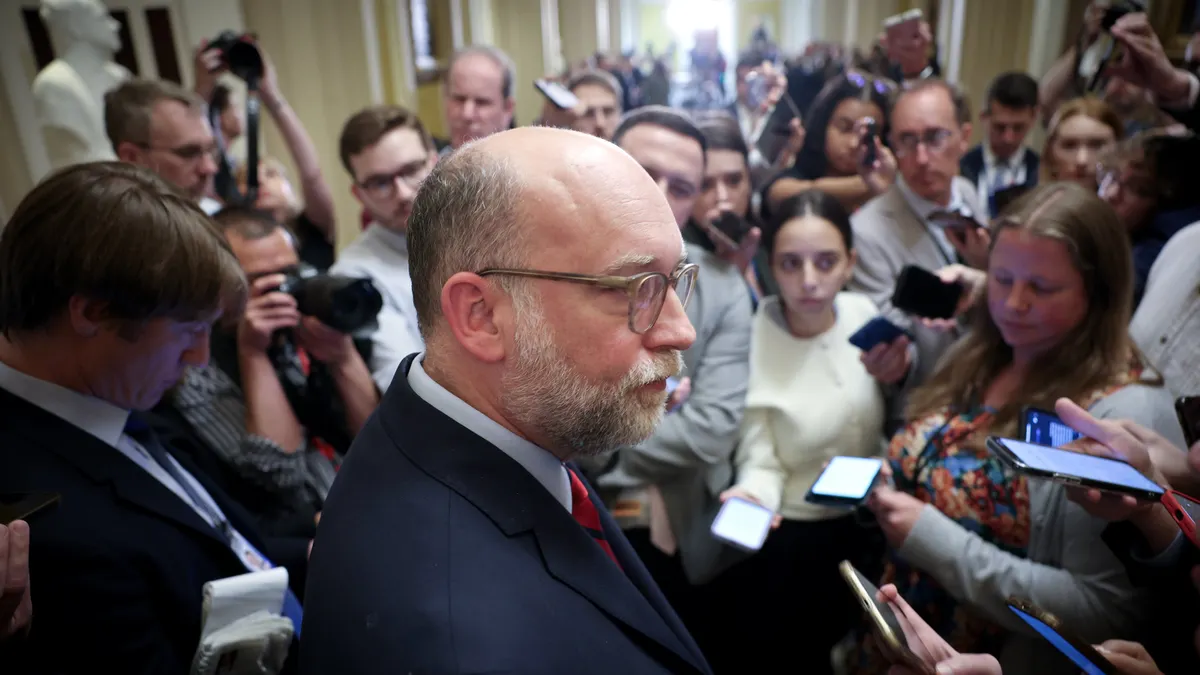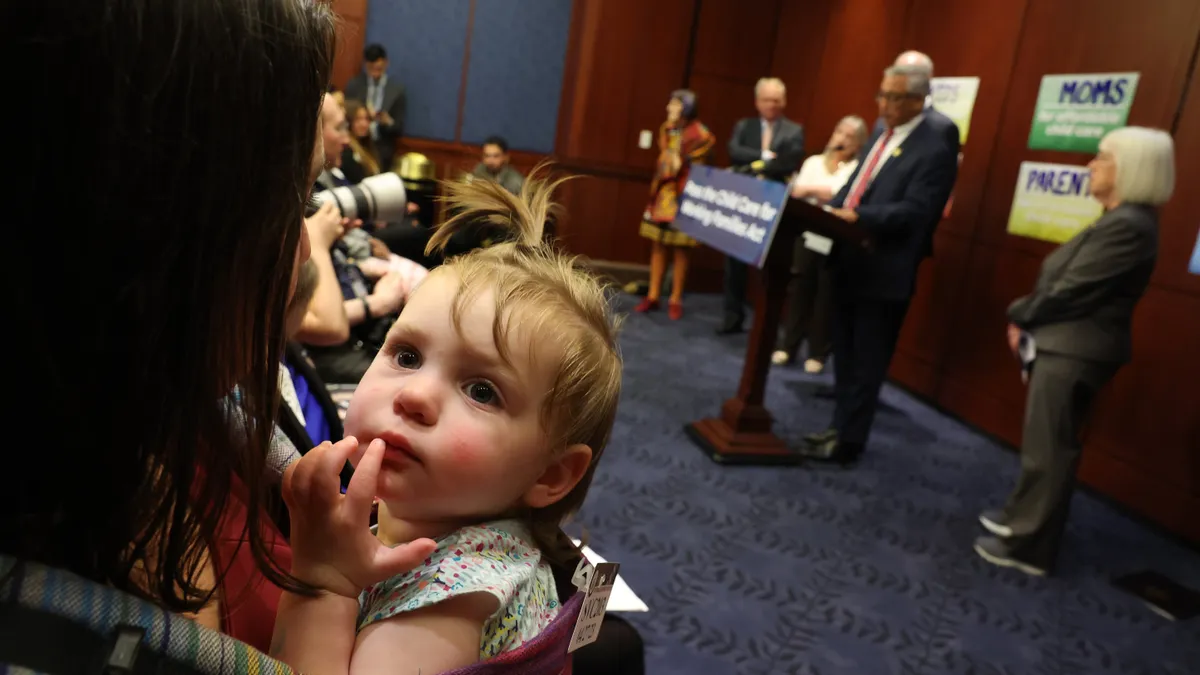In years or even months past, companies offered employees wellness perks such as midday in-office yoga classes, discounted gym memberships and free healthy snacks in the break room. With many employees now working from home, many of the those traditional healthy lifestyle perks are no longer an option. And yet, now may be the time employees need wellness benefits the most.
Supporting the well-being of remote employees is not as simple as adjusting in-person offerings to an online setting. Instead, it may mean re-engineering the concept of work, sources say.
The stressed remote employee
Between the pandemic, job insecurity, juggling of family responsibilities and the loss of social connections, people working at home are stressed. Career platform Monster found in a July survey that 69% of remote employees have burnout symptoms, CNBC reported. What's more, that feeling of burnout is growing. The study showed burnout is up almost 20% from similar survey results obtained in May.
A lengthening work day doesn't help matters. The average workday for those working at home in the U.S. increased three hours since mid-March, according to findings from NordVPN, CNBC said.
Numerous studies evidence the positive connection between employee wellness and productivity, retention and engagement. Employers tend to recognize this, with many offering various wellness benefits.
But widespread remote work will likely continue for some time, and employers are adjusting perks to support employees' current needs.
Translating wellness perks to the remote environment
Ensuring employees balance work to avoid burnout can be difficult, said Steve Beauchamp, CEO of Paylocity, an HR and payroll services provider. Unlike many companies that had to pivot suddenly to working from home, half of Paylocity employees already worked remotely.
"The biggest challenge is making sure people are taking time off," he said. Because of limitations in travel and other activities due to the pandemic, employees are less likely to take vacation days, so companies have to proactively remind employees, he said. As companies offer more flexibility, Beauchamp noted it could be difficult to track employees' work hours. That makes it hard to know when an employee is working too much.
Beauchamp said Paylocity had to rethink how wellness perks translate in a virtual environment. The company moved in-person yoga classes online and added virtual groups so employees could connect. It unveiled a free mental health mobile app as social justice conversations heated up and coronavirus transmission rates spiked. Teams have after-work happy hours via Zoom and host game nights for the social aspect, he said.
Instead of considering a perk as a one-size-fits-all option, employers should ask employees what they need, Beauchamp said. With one-third of the Paylocity's workforce having children 12 and under, the company looked at how different scheduling, such as a split schedules, could help parents manage school activities, he said.
Tailoring wellness options
The pandemic highlighted several aspects of employee wellness, said Erika Zauner, founder and CEO of HealthKick, a platform that gives employees personalized access to well-being brands. Making healthy living accessible and supporting employees' mental and emotional well-being are key. "We need to invest in helping people make healthy choices before they get sick," she said, adding that many who were affected by the coronavirus had underlying health conditions.
As companies make decisions about the rest of the year, the question becomes, "how do we sustain and adapt to the reality of today?" she said. Allowing employees to tailor wellness perks to their specific needs is one way to do that. "Providing maximum flexibility for people is truly servicing their well-being needs because every person has different preferences and different gaps they're looking to round out," Zauner said.
Creating a new concept of wellness
When Visier, a people analytics company, shut down its office and sent employees home to work, the company had to rethink wellness quickly, Visier Chief People Officer Paul Rubenstein said. Visier had previously offered traditional wellness perks, with programs employees could attend, like fitness classes, or services they could access, like employee assistance programs or employee resource groups.
"It was one thing to flip those online, but those are designed to address a set of wellness issues that were rooted in a pre-COVID environment," Rubenstein said. Instead of just moving the programs into a virtual environment, the question became, "how do we get people to engineer their work differently as a part of wellness?" That might mean 90 minutes working and 20 minutes off; having teams declare quiet hours without meetings so people can get work done; or telling people they don't have to respond to emails immediately, he said.
Companies can also make sure employees aren't isolated, Rubenstein said. Through network analysis, employers can see if employees are talking to each other — or if some aren't and are lonely.
When employees first switched to remote work, they felt a certain excitement, Rubenstein said, but that has faded. The stress employees feel from health, economic and societal concerns are taking a toll, he said; "You can't just ignore what's going on outside."
As employers look at allocating funds for the rest of the year, the notion of wellness is no longer a perk, said Rubenstein. Instead, companies should take a holistic approach, with a focus on individual needs, he added.
"It's not about coddling employees," Rubenstein said. "It's about adapting to this set of norms and making it easy for people to bring their best selves to work."


















